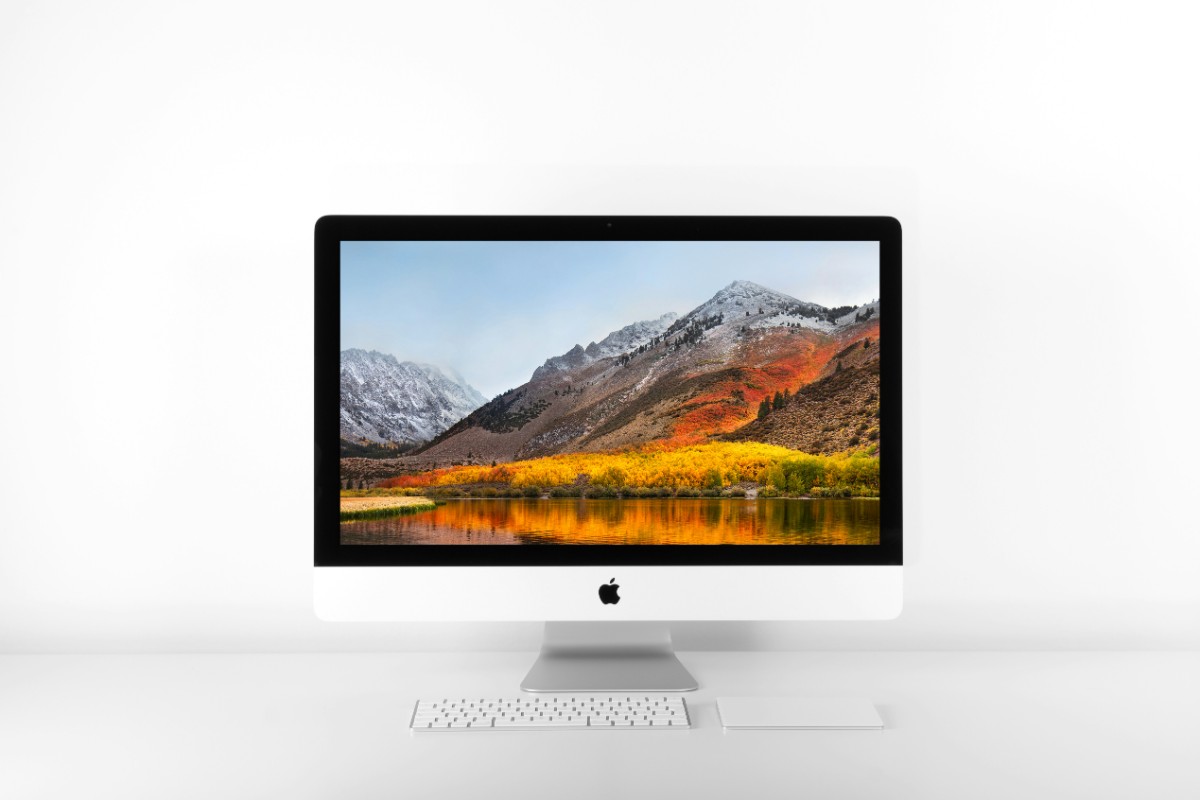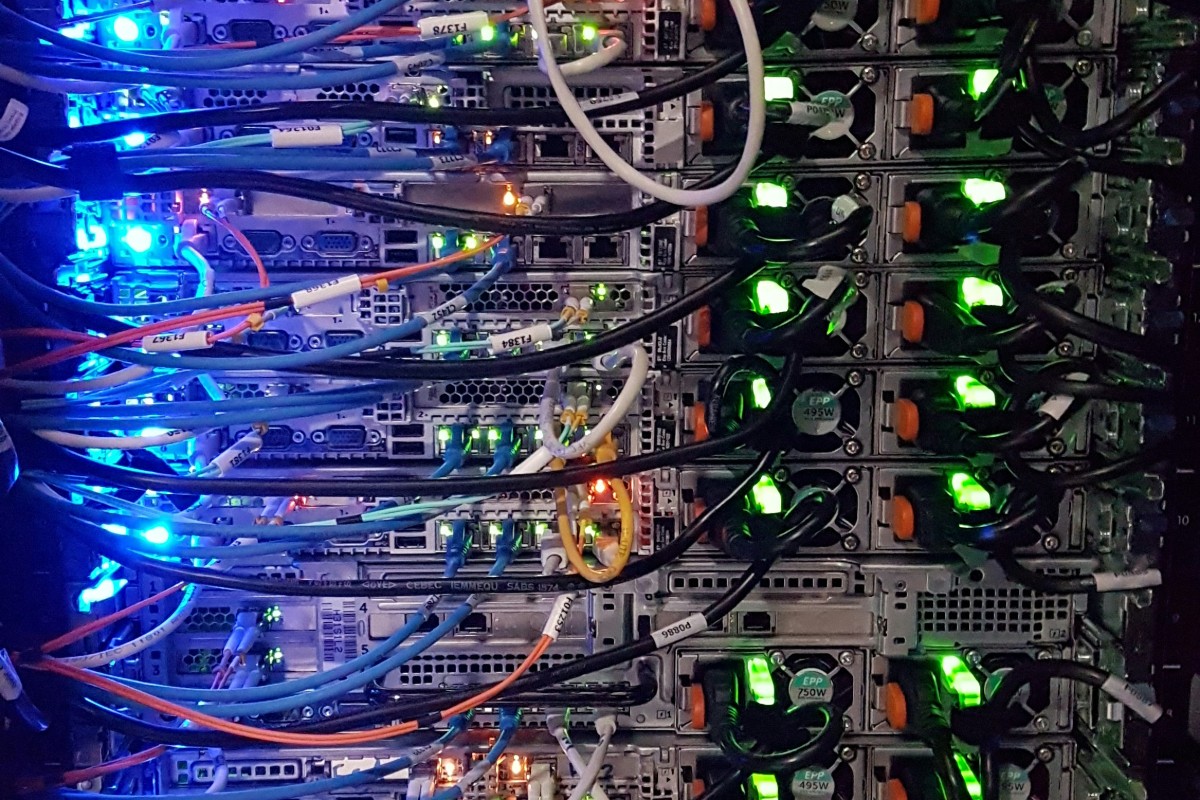Virtual Reality Trends are now far from being a fantasy of the future. It has now become a powerful force which is revolutionizing not only entertainment, but also health care, education, business, and even industry.
VR equipment has come a long way: from the bulky and huge prototypes in the 1980s to today’s high-definition and low-latency sets. Whereas VR was once an elite immersive technology that only aficionados and giant corporations could afford, it is becoming more mainstream with the advancements in hardware, cloud computing, and AI algorithms.

Why is it relevant for IT professionals? Development of VR provokes an increase in demand for the development of specialized software, optimization of 3D graphics, spatial interface working and integration of VR-solutions into business processes. Companies using VR like Celadonsoft
gain a competitive edge, and programmers – new opportunities to develop innovative products.
Here, in this article from Celadonsoft, that just did Optimizing Node.js Server Routing guide, that we shall examine which trends are shaping the future of virtual reality, which technologies are enhancing the efficiency and availability of VR, and where and how it is already successfully being applied.
Contemporary trends of VR development
Virtual Reality Trends continues to develop at a fast rate, going beyond the gaming industry and emerging as a motivation in business, education, and medicine. At present, we are able to see some important trends that shape the future of Virtual Reality Trends and open up new opportunities for developers and companies like Celadonsoft.
Spatial computation and mixed reality
The real and virtual worlds are becoming fewer in number. Spatial computing helps us play around digital objects just as if they belonged to the real world. Apple Vision Pro, Meta Quest 3 and other advanced appliances provide Mixed Reality (MR) via making interaction with virtual boards, manipulating three-dimensional objects and playing around with virtual space through zero traditional controllers.
This implies for developers it will need application optimization to support upcoming input methods like hand tracking, voice commands and physical object blended interaction.
Cloud VR solutions
High hardware requirements have been an actual barrier to extensive VR adoption for years. But now cloud technologies gradually break the problem. Instead of utilizing the power of a local machine, calculations can be performed in the cloud and merely stream video with minimal latency to the user.
These solutions are already implemented by NVIDIA (CloudXR), Meta and Microsoft (Azure Remote Rendering). They provide access to high-quality VR content even on relatively weak hardware, including mobile devices. For business, this means the potential for scaling VR solutions without significant investments in «hardware».
Artificial intelligence integration
AI is becoming more and more a part of the VR world, making virtual worlds more personalized and interactive. With existing machine learning models, it is possible:
- Create intelligent NPCs with realistic responses and behaviour;
- dynamically adapt content to the user (e.g., in educational and medical VR applications);
- Improve graphics in real time through AI mapping and texture generation.
These technologies render VR more realistic and convenient, lowering the threshold of entry for new users and creating new possibilities for developers.
What does this mean for business and IT professionals?
VR is already exceeding the niche segment and is becoming an influential means of solving practical business issues. Engineers, designers, and developers need to deal with new challenges – from re-developing applications for cloud infrastructure to using AI and spatial computing. Companies that implement innovation with these trends acquire a competitive advantage through offering more convenient, affordable and innovative VR solutions.
The second action is to conduct research on which technologies enable such trends to occur and which innovative use cases already prove effective.
Technological advancements in VR
Technological advancements never end, and the virtual reality market is advancing by leaps and bounds. New Virtual Reality Trends equipment is becoming lighter, more efficient and more comfortable, with enhanced immersion and ease of use. Let us talk about the most significant technological advancements that are changing the future of VR.
Improved wearable devices: performance and comfort
One of the most important areas of VR innovation is, as ever, the development of the headset. Newer models, such as Apple Vision Pro and Meta Quest 3, have improved screens, higher field of view, lower lag and high refresh rate, providing more realistic virtual environments. The companies are also improving ergonomics by making products lighter and more balanced so that users can spend longer periods in VR without exhaustion.
Spatial audio and haptic feedback
Good audio is crucial to the sense of presence. Spatial audio in modern VR headsets causes you to exactly pinpoint the source of sound and become accustomed to the virtual world. Providing tactile feedback (haptic feedback) expands the possibilities of interaction. For example, existing tactile feedback gloves allow you to feel virtual objects’ texture, and adaptive resistance controllers enable virtual interaction in real physical-like manners.
Hyperrealistic avatars: the next level of interaction
Thanks to machine learning and deep neural networks, VR technologies allow you to create avatars that really capture the user’s facial expressions, gestures, and even emotions. This is especially effective for virtual meetings, remote schooling and remote employment where the expression takes center stage. Companies are striving to develop eye tracking and face recognition technologies in an effort to naturalize VR interaction.
All of which render virtual reality not just an entertainment technology, but a highly effective business, educational, and communications tool. Advances in VR technology over the past few years are making virtual worlds mainstream in our lives.
Range of VR uses
Virtual reality (VR) is no longer just an entertainment technology. Now, it is used in a wide range of industries, helping businesses streamline processes and consumers enjoy unique experiences. Think about significant areas where VR is already making an influence.
Education and training
VR opens up new learning opportunities, ranging from simulation of operations to flight training in a virtual safe environment. Interactive simulators allow you to reproduce real situations without risking life, especially beneficial for medicine, aviation and industry. Because of the VR experience of learning, it becomes more effective.
Medicine and therapy
Virtual Reality Trends are becoming more and more applied in medicine. Rehabilitation of patients after a stroke, VR therapy in phobia and post-traumatic syndrome treatment, virtual simulators for doctors’ training – these are just a few examples. VR enables doctors to practice on complicated cases without risking patients’ lives, and also assists individuals with special needs in adjusting to the world around them.
Retail and real estate
VR technology is transforming retailing. Customers can now “try on” dresses, a piece of furniture or even a car prior to buying from home. In property, virtual tours allow customers to see the inside of homes and apartments without ever setting foot in them themselves. This speeds up the decision process and offers a more convenient engagement with the customer.
Tourism and culture
Museum, historical and natural site virtual tours make culture and tourism accessible. While you may not physically visit the Grand Canyon or Paris, VR allows you to feel the atmosphere of these places. In addition, VR technologies are used to recreate lost historic objects, wherein they can be reconstructed in minute detail.
Sports and fitness
VR is increasingly being incorporated into the sports training and fitness market. Professional players, for example, use VR to replay game situations and develop tactical thinking. At the same time, VR-fitness programs allow users to engage in sports, combining physical exercise with a virtual one that is enjoyable.
Virtual reality already facilitates various processes to become more convenient, safer and more efficient in various industries. With further technology advancements, we will experience even more impact of VR on business and everyday life.
The opportunities for further advancement. New opportunities for virtual reality are already on the horizon, resolving many of the current issues. 5G technology is expected to render VR devices even more responsive and quicker, freeing them from more reliance on cloud services and elevating the data transfer quality. Better ergonomics and interfaces of devices are being actively developed as well, making VR still easier to access for customers. Looking ahead, we can expect to see VR merged with technologies such as artificial intelligence, opening up new potential for adaptive and tailored virtual worlds.

Conclusion
To conclude, we can say that virtual reality continues to evolve and transform various areas of life. The previously far and future technologies become a part of our lives. Increasing numbers of companies and IT professionals discover the potential of VR, from its usage for training to creating new modes of interaction with users.
However, despite its evident success, there are still significant obstacles to the implementation of VR – technological constraints, and social and ethical issues. It is essential that researchers and companies developing this technology continue to innovate, make it more available, achieve safe and effective solutions. The future of VR is definitely going to be exciting, and it is now more than ever, imperative to be ready for the rapid development of these technologies and their adoption in daily life.


